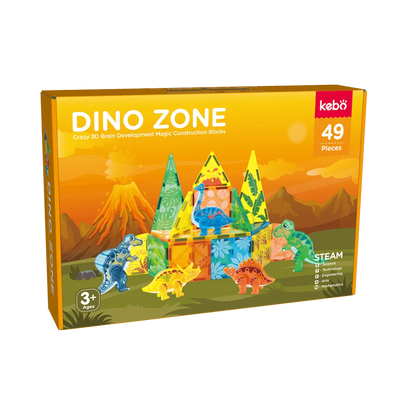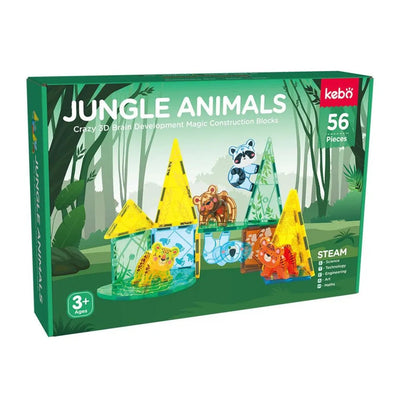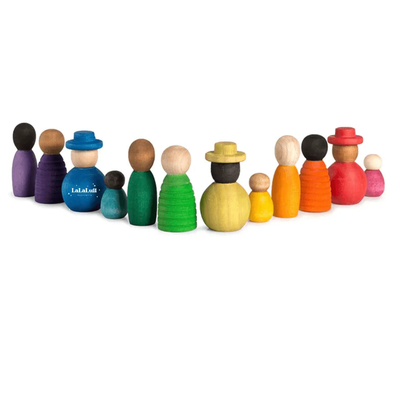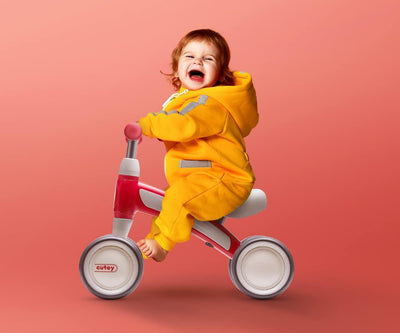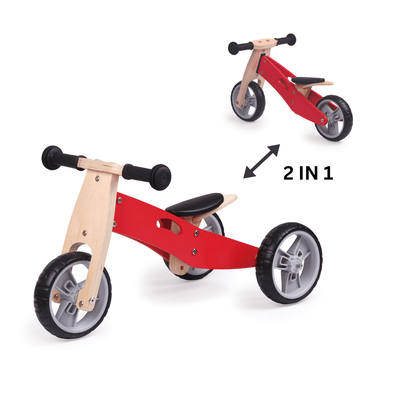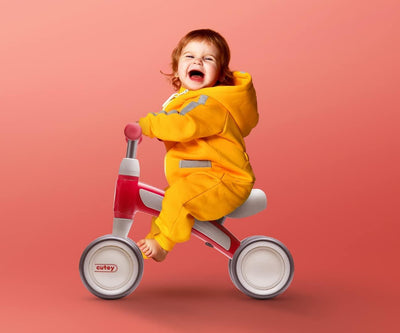Balance bikes have become a popular choice for parents looking to introduce their children to the world of cycling. These pedal-less bikes help children develop essential skills like balance and coordination, making the transition to pedal bikes smoother and more intuitive. But when is the best time to start your child on a balance bike? Let's explore the ideal age range and the developmental milestones that indicate your child is ready to ride.
Understanding Balance Bikes
Before diving into the best age to start, it's important to understand what a balance bike is. Unlike traditional bicycles, balance bikes do not have pedals. Instead, children use their feet to propel themselves forward, focusing on balancing and steering. This method allows children to learn balance without the added complexity of pedaling, making it a great introductory tool for young riders.
Ideal Age Range
1 to 2 Years: Baby Bike with Four Wheels For the youngest riders, typically aged 1 to 2 years, a baby bike with four wheels (often referred to as a toddler ride-on bike) can be a great introduction. These bikes provide extra stability and help children develop their leg muscles and coordination. They offer a safe and fun way for very young children to begin experiencing the concept of riding a bike.

18 Months to 2 Years: The Earliest Starters Some toddlers can begin riding a balance bike as early as 18 months. At this age, children are typically steady walkers and have developed basic gross motor skills. Lightweight balance bikes with adjustable seats and handlebars are ideal for this age group, allowing the bike to grow with your child.

2 to 3 Years: The Perfect Time For many children, ages 2 to 3 are the sweet spot for starting on a balance bike. At this stage, toddlers have improved coordination and physical strength, making it easier for them to manage the bike. They are also more curious and eager to explore, making the balance bike a perfect tool for outdoor adventures.

4 to 5 Years: Late Bloomers Children who start a bit later, around 4 to 5 years old, can still benefit greatly from balance bikes. Older kids may learn faster due to their advanced physical and cognitive development. They may quickly progress from walking the bike to coasting with both feet off the ground, readying themselves for a pedal bike.
Developmental Readiness
Physical Readiness Your child should be able to walk steadily and have some experience with running or climbing. These activities indicate that their leg muscles are strong enough to propel a balance bike.
Cognitive Readiness Children should be able to follow simple instructions and understand basic concepts of safety. This includes knowing to stop at the edge of a sidewalk or to avoid obstacles.
Emotional Readiness Children who show interest in bikes and other riding toys are usually ready to try a balance bike. Look for signs of enthusiasm and curiosity about riding.
Signs Your Child Is Ready
- Good Balance: Your child can walk steadily without support and can squat down and stand up without falling over.
- Coordination: Your child can navigate obstacles while walking or running.
- Interest in Bikes: Your child shows interest in other children's bikes or riding toys.
- Independence: Your child enjoys activities that allow them to move freely and explore.
Tips for Starting
- Choose the Right Bike: Select a balance bike that is lightweight and has an adjustable seat and handlebars to fit your child's height.
- Safety Gear: Always ensure your child wears a helmet. Knee and elbow pads can provide additional protection.
- Start Slow: Begin with short sessions on smooth, flat surfaces. Gradually increase the duration and complexity of the riding environment.
- Encourage and Praise: Offer plenty of encouragement and praise to build your child's confidence.
Conclusion
The best age to start riding a balance bike can vary, but generally falls between 1 and 5 years, depending on your child's development and readiness. For the youngest riders, baby bikes with four wheels provide a safe and fun introduction to cycling. As children grow, they can transition to balance bikes, which help develop crucial skills for future cycling endeavors. By focusing on their physical, cognitive, and emotional readiness, you can help ensure a positive and enjoyable experience as they learn to ride. Balance bikes are not only a fun way to explore the outdoors but also a fantastic tool for developing essential skills that will benefit your child for years to come. So, find the right balance bike, equip them with safety gear, and watch your little one embark on an exciting journey of riding and exploration.
